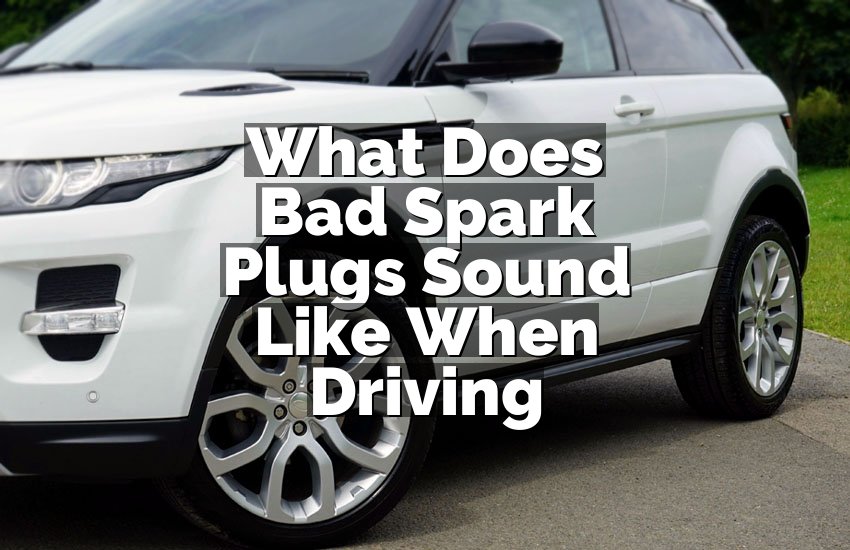Car wobbling at very low speeds can be due to misaligned wheels or worn-out suspension components. To fix this issue, get your wheels aligned and check for any worn-out parts like tie rods or ball joints.
Proper maintenance and timely repairs are essential for smooth driving experience. Ignoring the wobbling can lead to safety hazards and further damage to your vehicle. By addressing these issues promptly, you can ensure a safer and smoother ride for yourself and your passengers.
Remember, being proactive about car maintenance can save you from costly repairs down the road and keep your vehicle running efficiently.

Credit: www.quora.com
Causes Of Car Wobbling
Car wobbling at low speeds may stem from unbalanced tires, worn suspension parts, or misaligned wheels. Checking these components and getting them fixed promptly can help resolve the issue efficiently. Regular maintenance is crucial to prevent car wobbling and ensure a smooth driving experience.
Uneven Tire Pressure
One of the main causes of car wobbling at a very low speed is uneven tire pressure. When the tire pressure is uneven, it creates an imbalance in the wheels, resulting in the car shaking or wobbling. It is important to regularly check and maintain the proper tire pressure to avoid this issue.
Wheel Alignment Issues
Another common cause of car wobbling is wheel alignment issues. When the wheels are not aligned correctly, it can lead to uneven tire wear and instability in the vehicle’s movement. Regular wheel alignment checks and adjustments are necessary to prevent wobbling and maintain proper handling.
Worn Out Suspension Components
Worn out suspension components can also contribute to car wobbling. The suspension system plays a crucial role in providing stability and absorbing shocks while driving. If any of the components, such as bushings or struts, are worn out or damaged, it can lead to an unstable driving experience. Regular inspection and maintenance of the suspension system are essential to avoid wobbling issues.
Imbalanced Wheels
Imbalanced wheels can cause car wobbling, especially at low speeds. When the wheels are not balanced properly, it creates uneven weight distribution, leading to vibrations and wobbling. Balancing the wheels regularly helps to distribute weight evenly and ensures a smoother ride.
Faulty Steering Components
Faulty steering components can also contribute to car wobbling. If parts such as tie rods, ball joints, or steering dampers are worn out or damaged, it can affect the steering stability, resulting in wobbling. Regular inspection and timely replacement of faulty steering components are crucial for safe and smooth driving.

Credit: www.autotechiq.com
Methods To Fix Car Wobbling
When experiencing car wobbling at very low speeds, it is essential to address the issue promptly to ensure safety and avoid potential damage to your vehicle. Understanding the methods to fix car wobbling can help you identify the problem and take appropriate measures. Here are several key methods to address and resolve car wobbling:
Checking And Adjusting Tire Pressure
Start by checking the tire pressure of each tire and adjust accordingly to match the manufacturer’s recommended pressure. Low or uneven tire pressure can lead to wobbling and instability, especially at low speeds.
Getting A Wheel Alignment
Wheel alignment ensures that the tires are properly angled, promoting even wear and stable handling. Misaligned wheels can contribute to wobbling, making it essential to have a professional alignment performed.
Replacing Worn Suspension Components
Excessive wobbling could indicate worn suspension components such as shocks, struts, or bushings. Replacing these worn parts can help restore stability and smoothness in the vehicle’s ride.
Balancing The Wheels
Imbalanced wheels can cause wobbling, leading to an uncomfortable driving experience. Balancing the wheels ensures that weight is distributed evenly, reducing the chances of wobbling and vibration.
Inspecting And Repairing Steering Components
Thoroughly inspect the steering components, including the ball joints and tie rod ends, for any signs of wear or damage. Replace any faulty components to eliminate potential causes of wobbling.

Credit: medium.com
Conclusion
Addressing a car wobbling at very low speeds is crucial for both safety and comfort. By identifying the underlying causes and implementing the necessary fixes, you can ensure a smooth and stable driving experience. Don’t hesitate to consult a professional if the issue persists, as your safety is our top priority.


